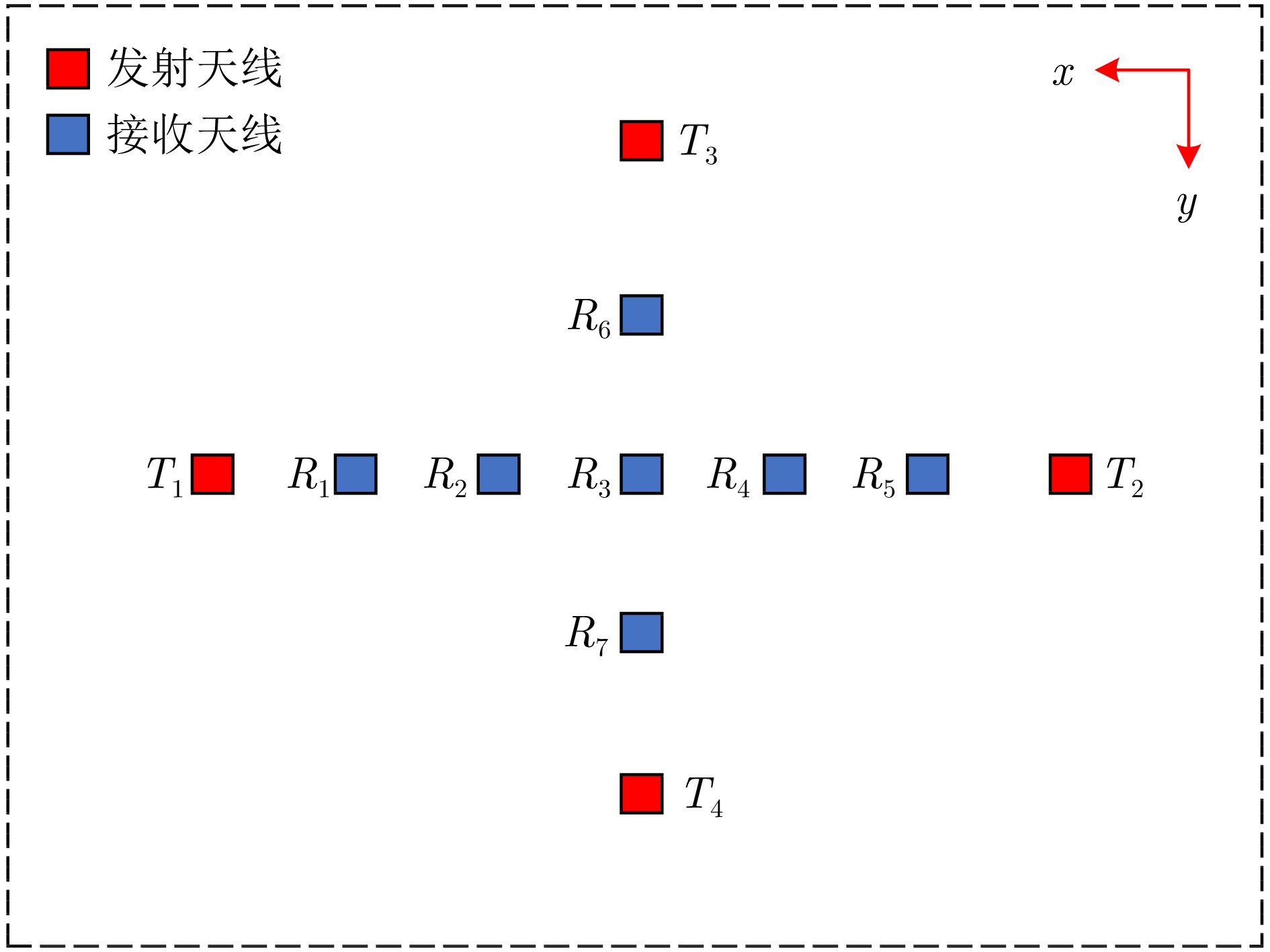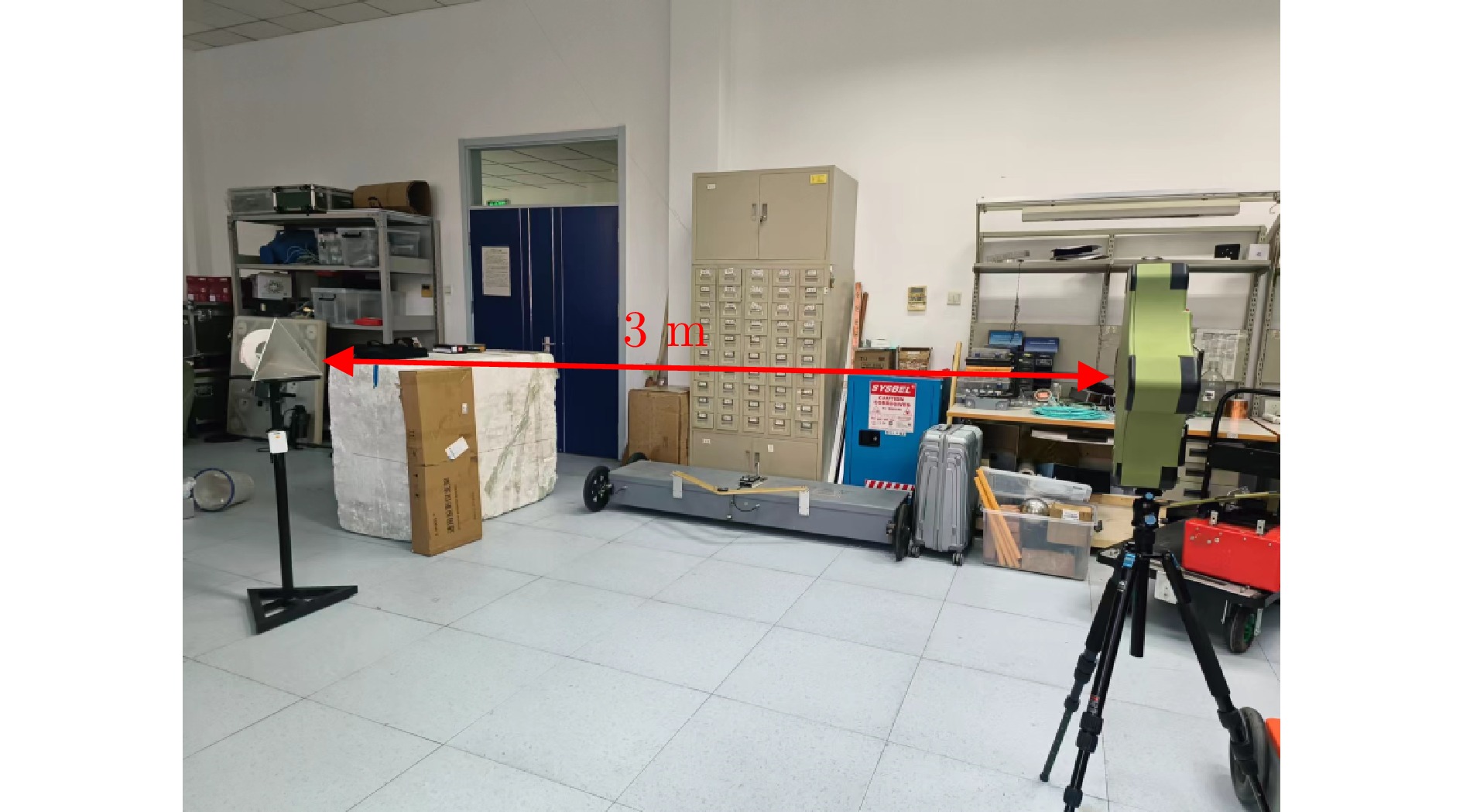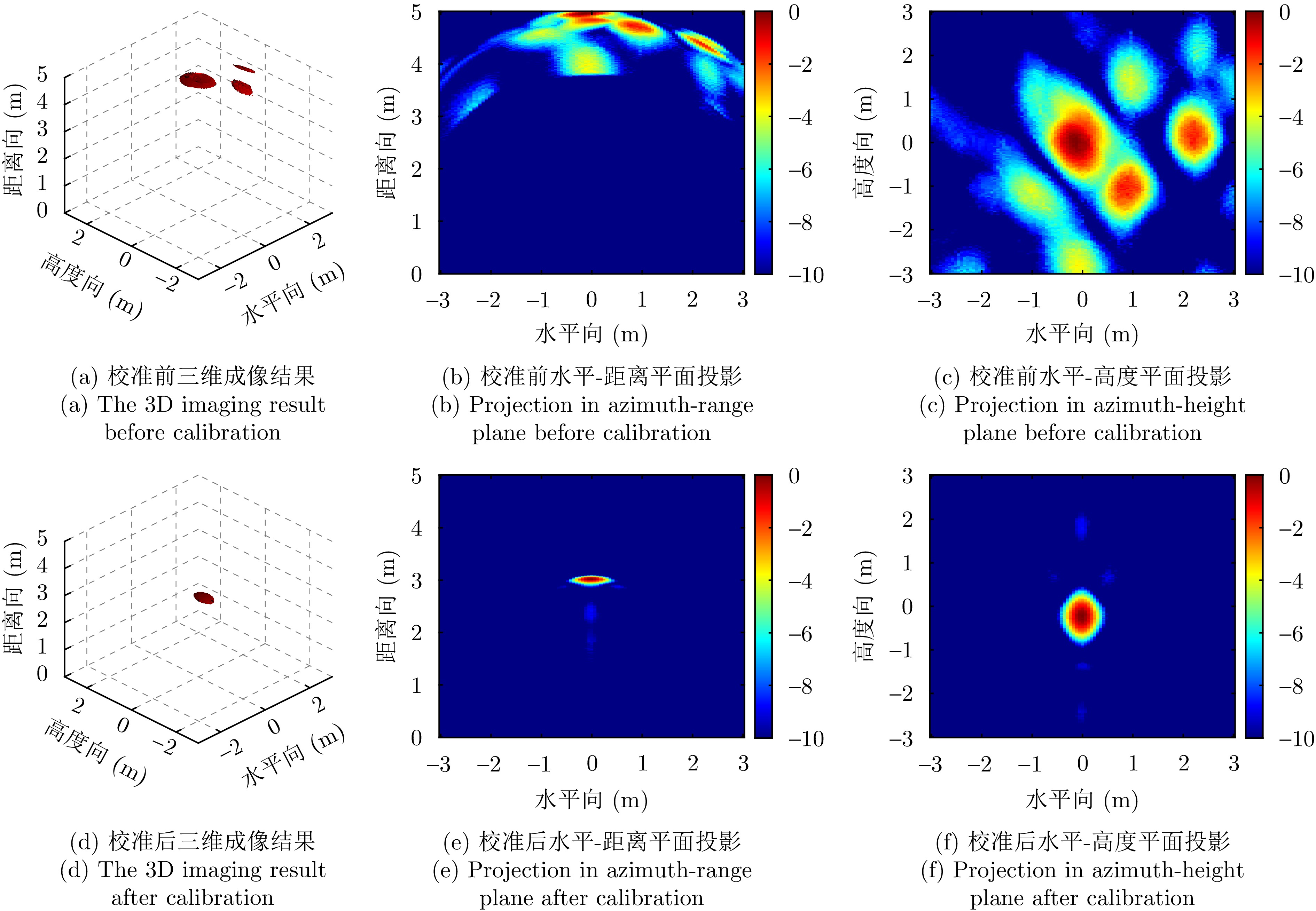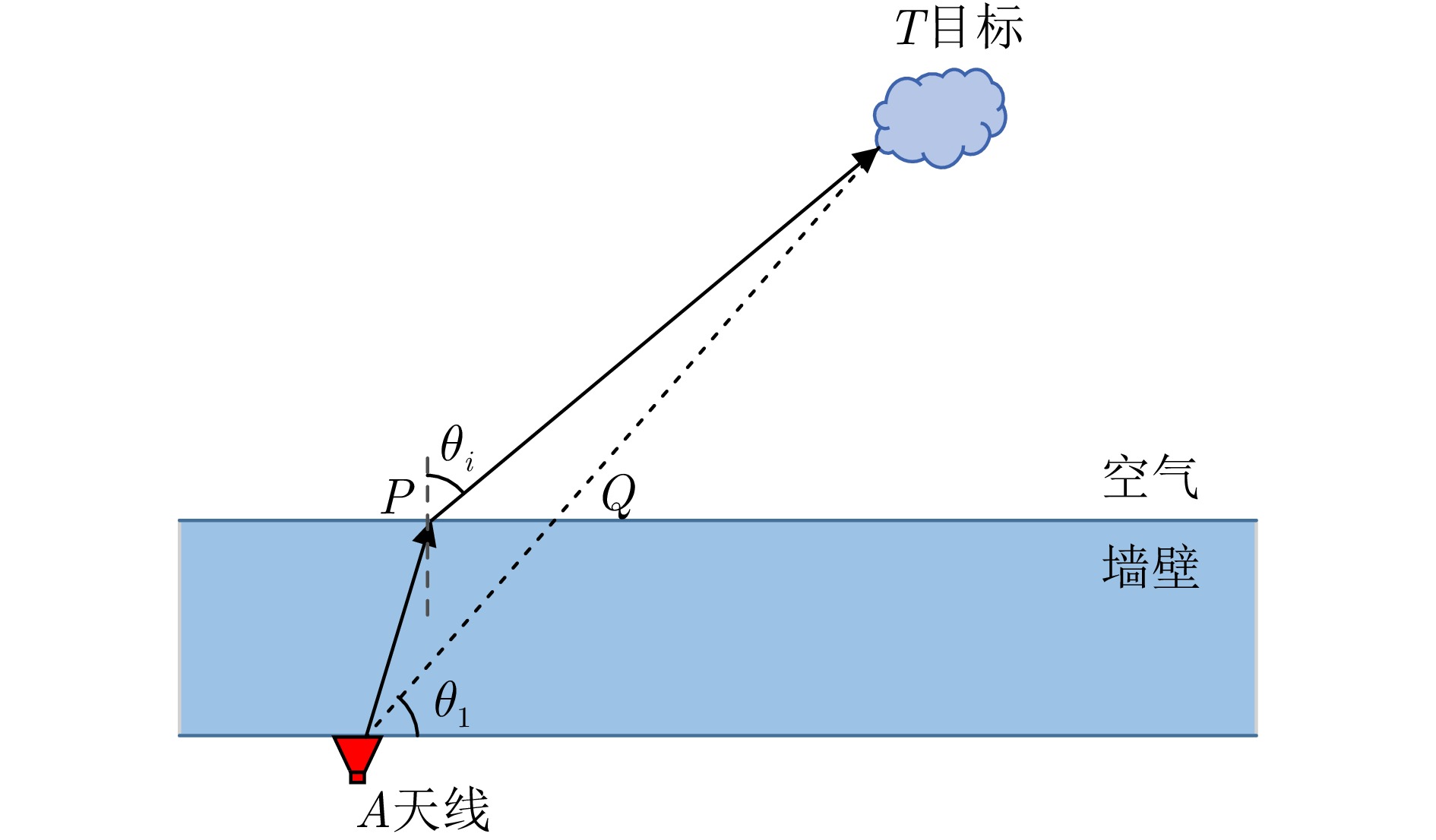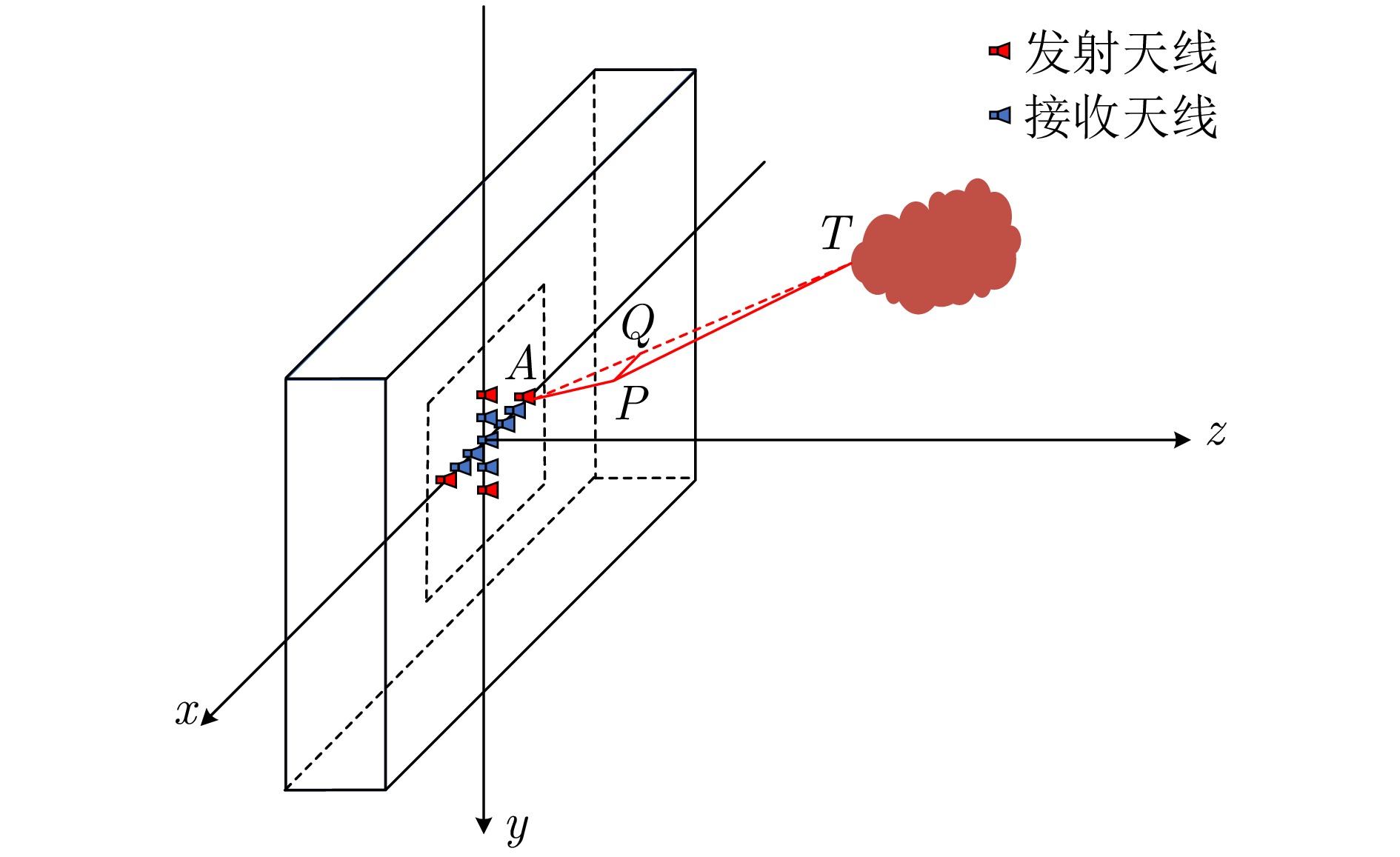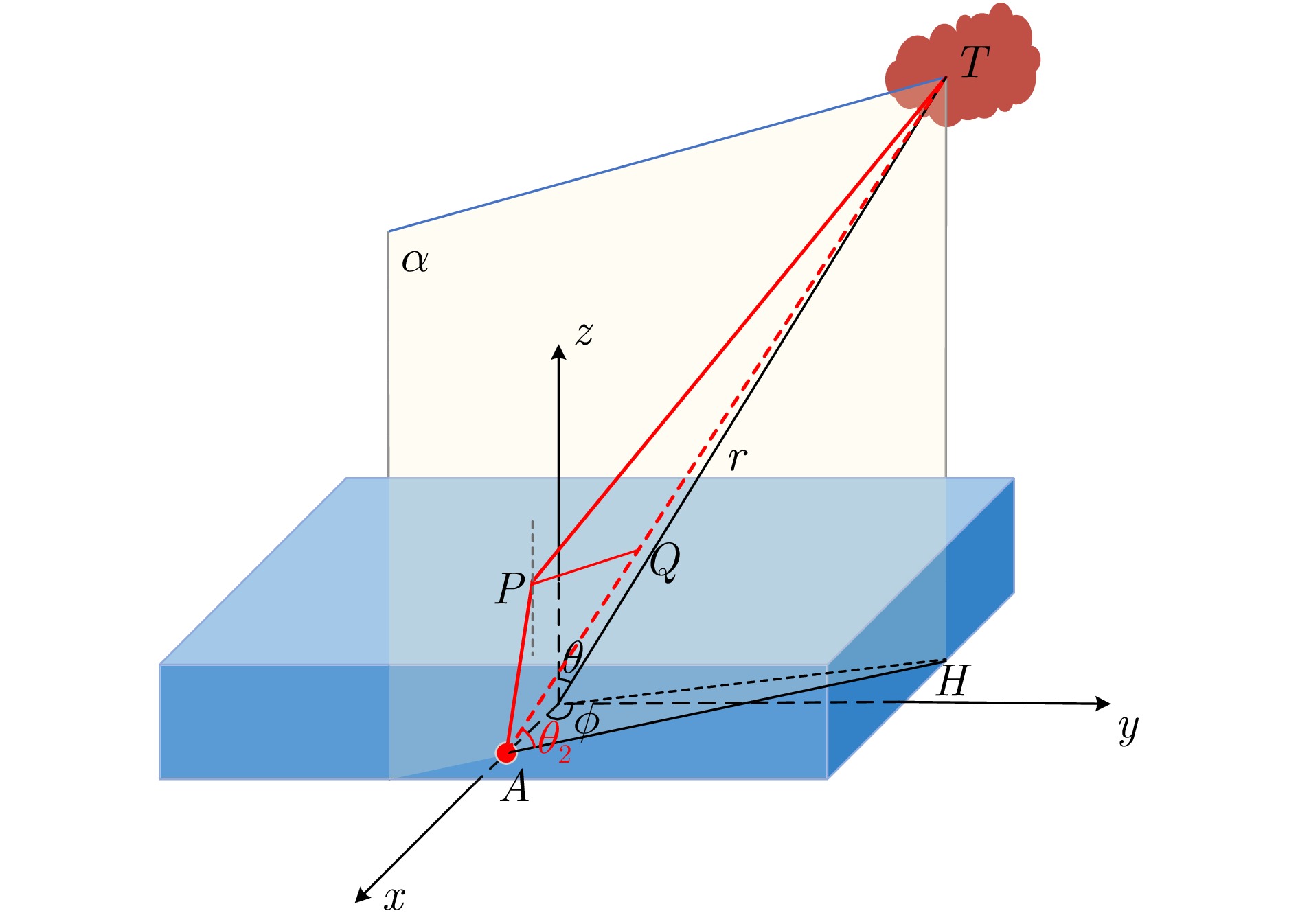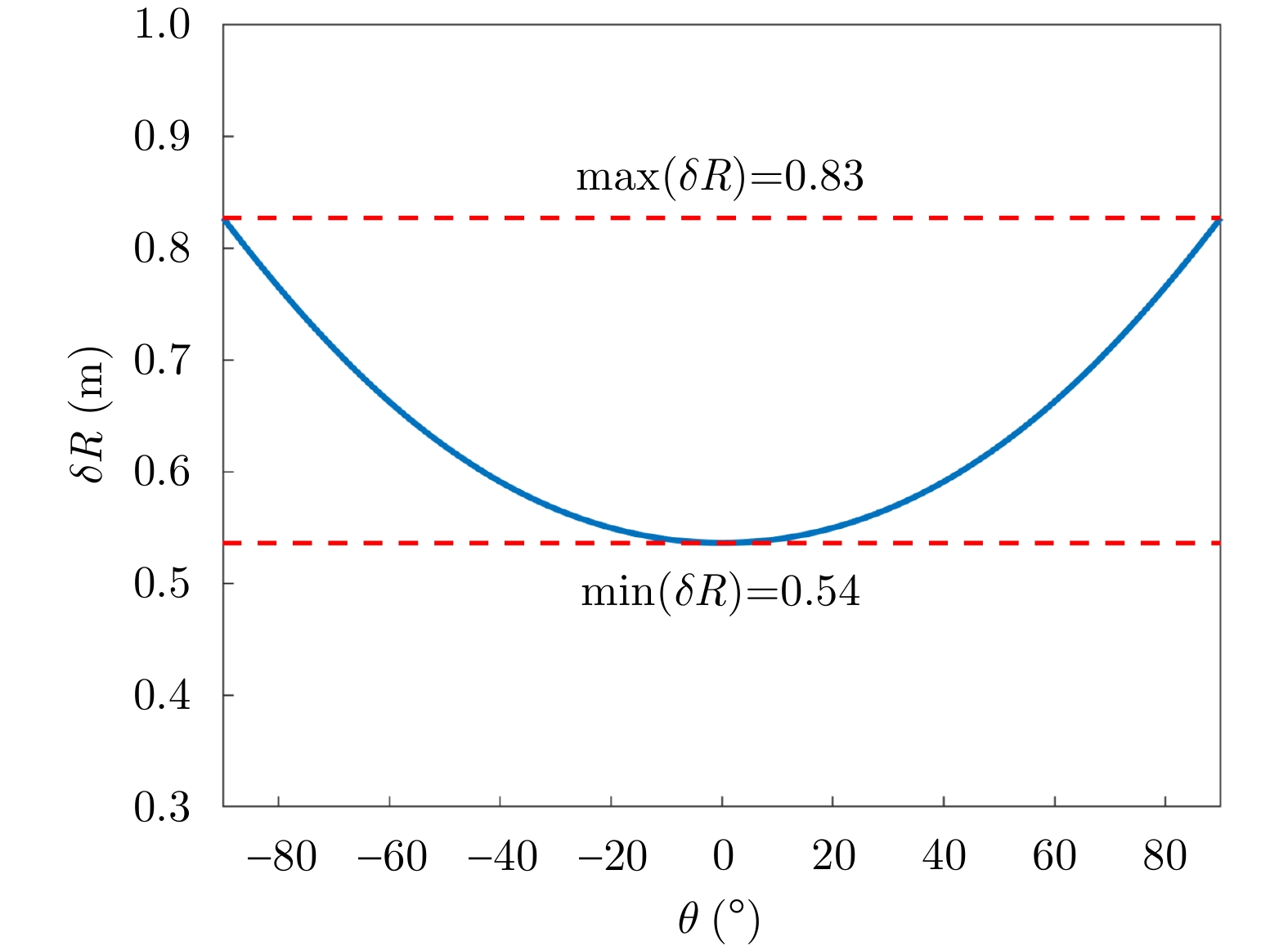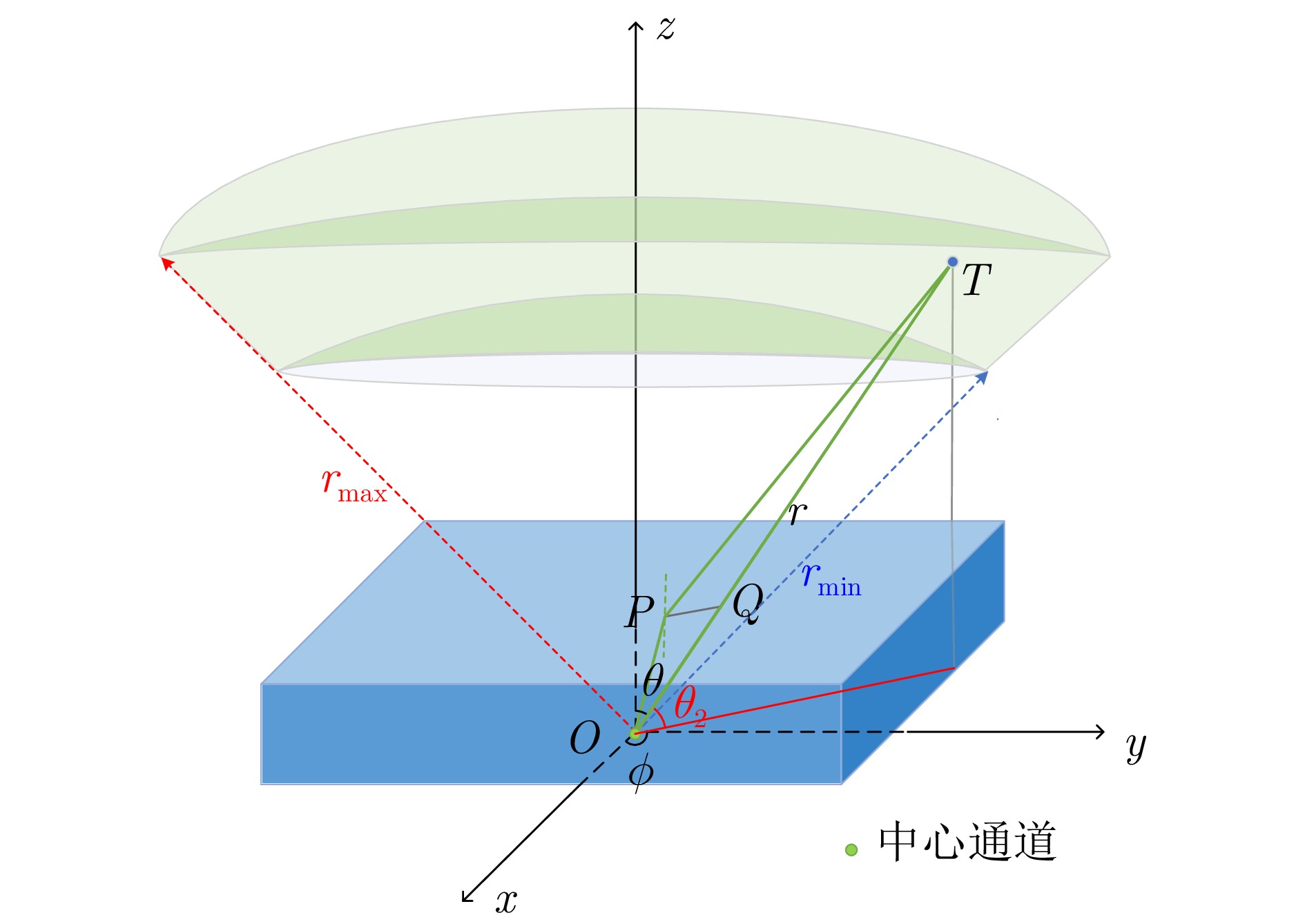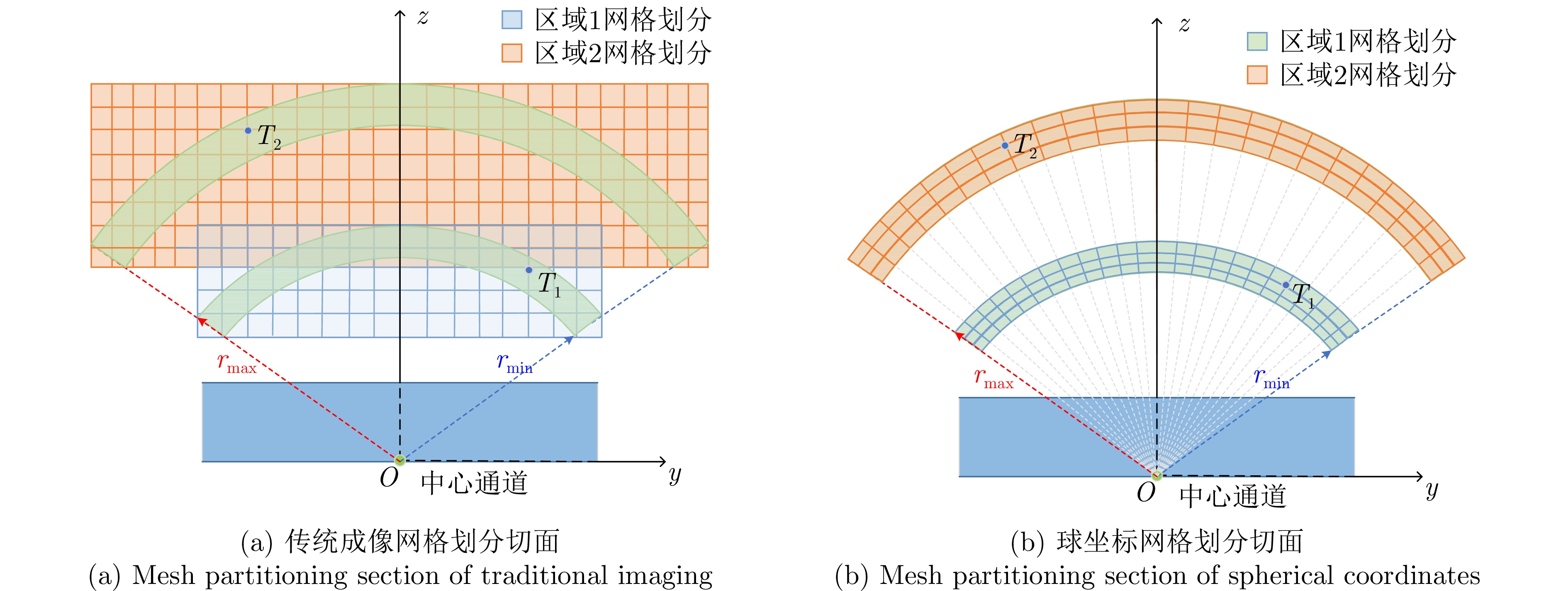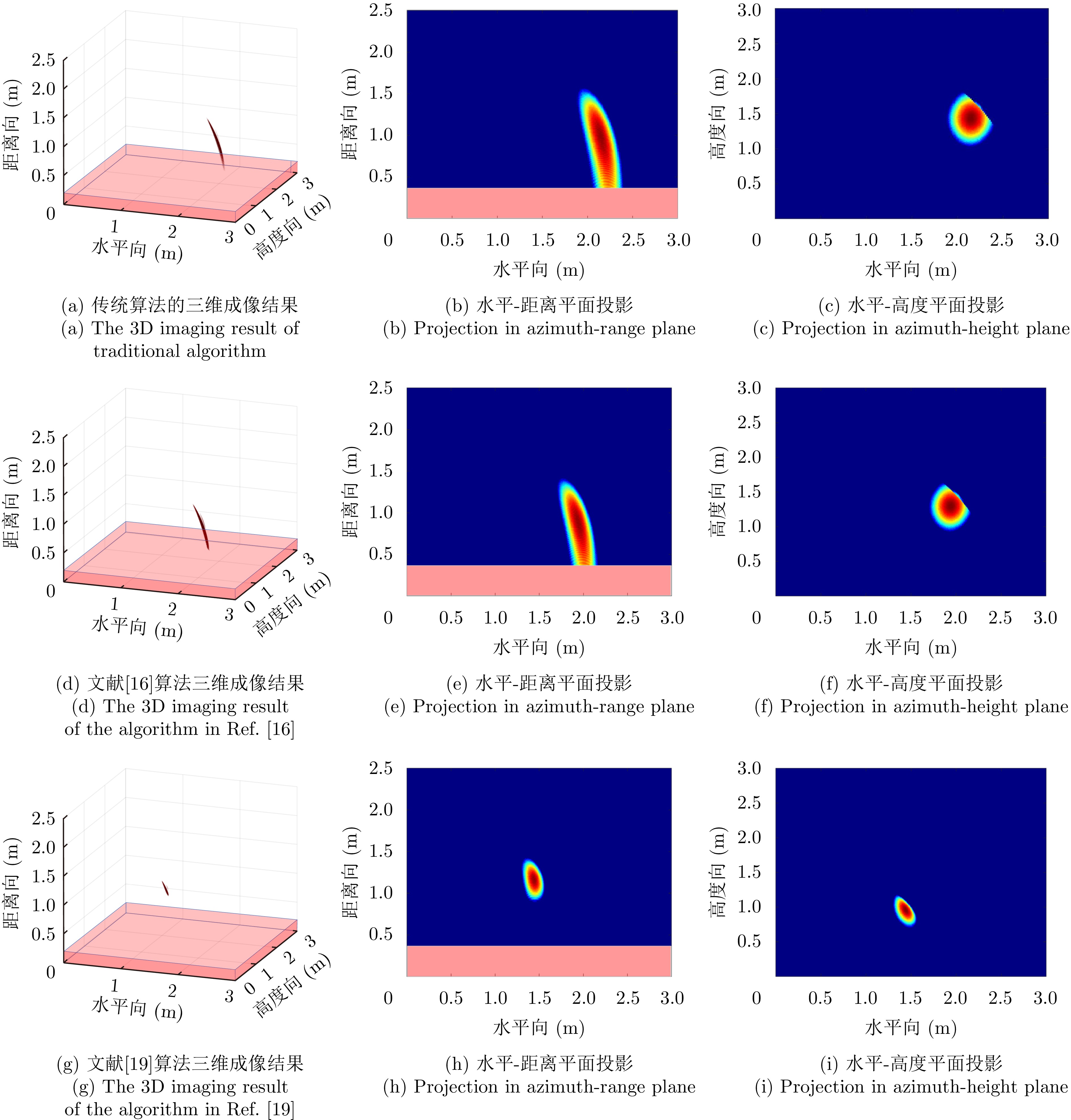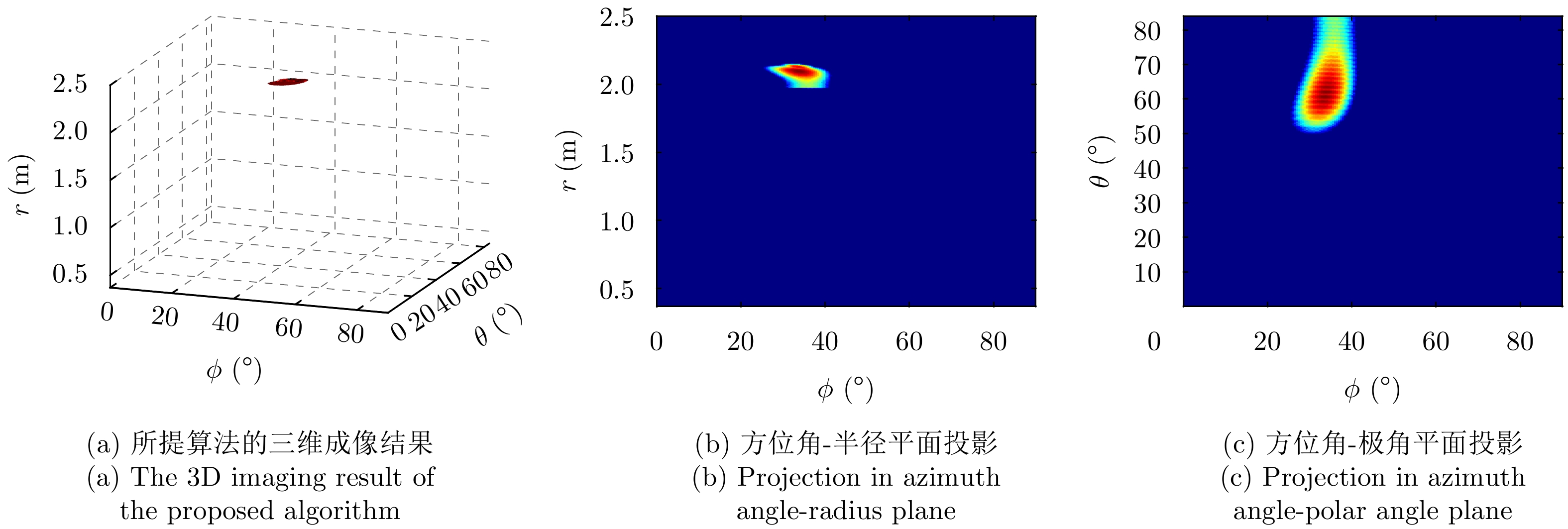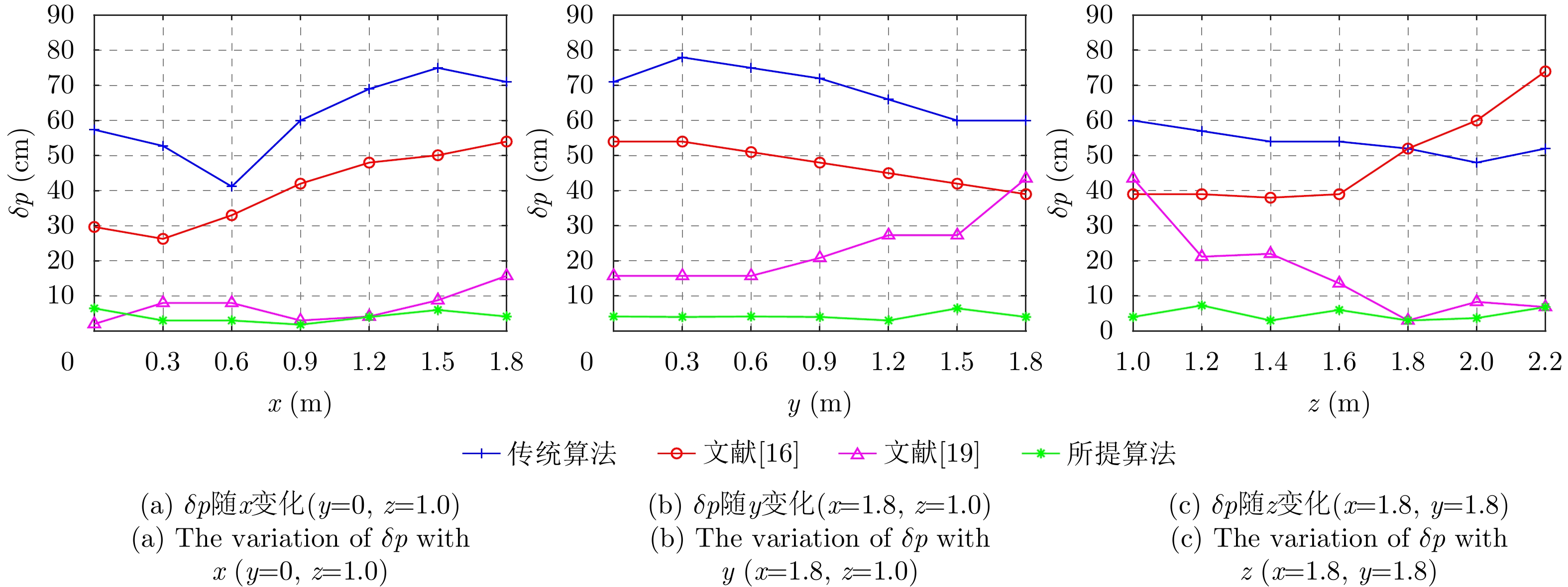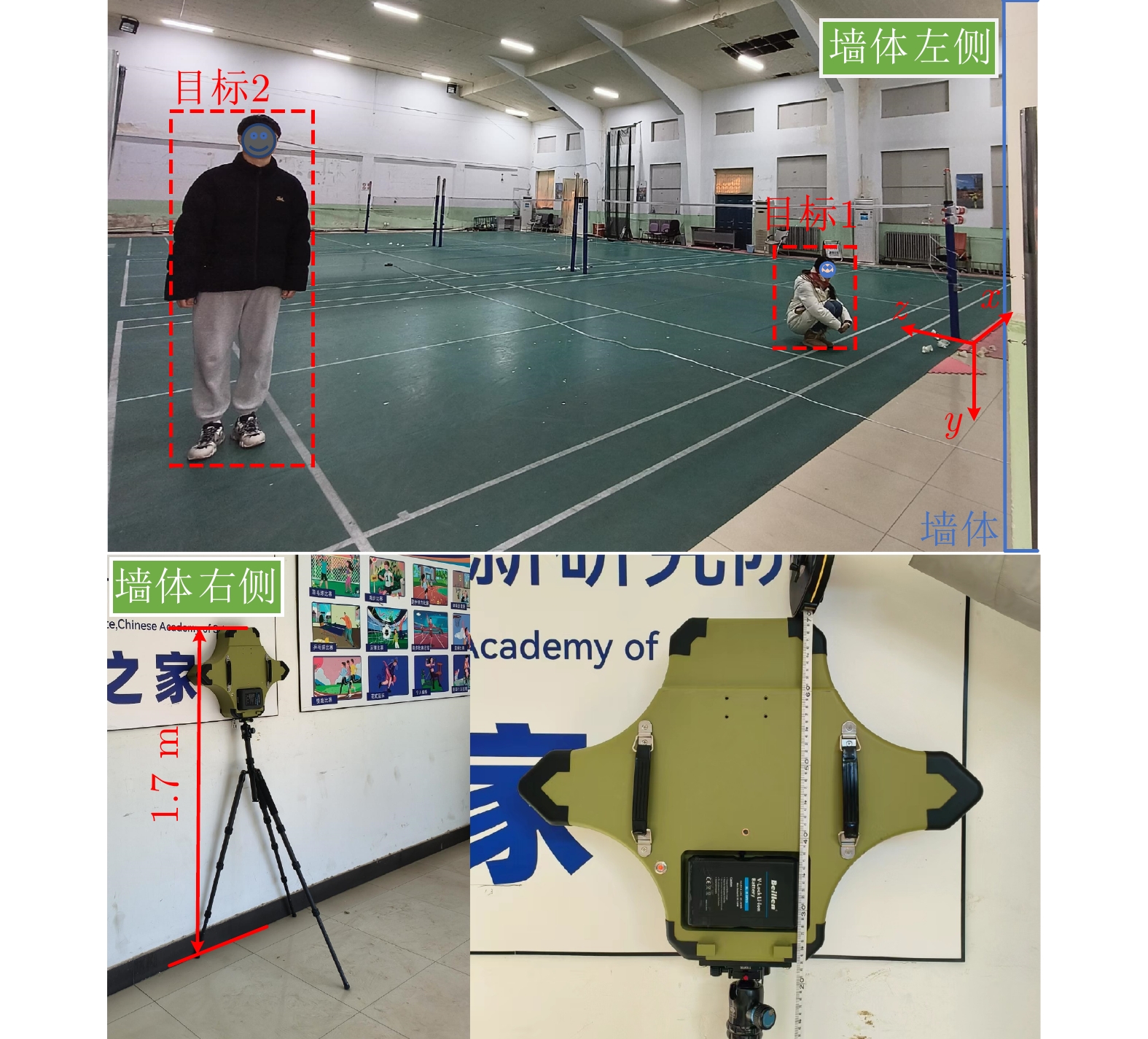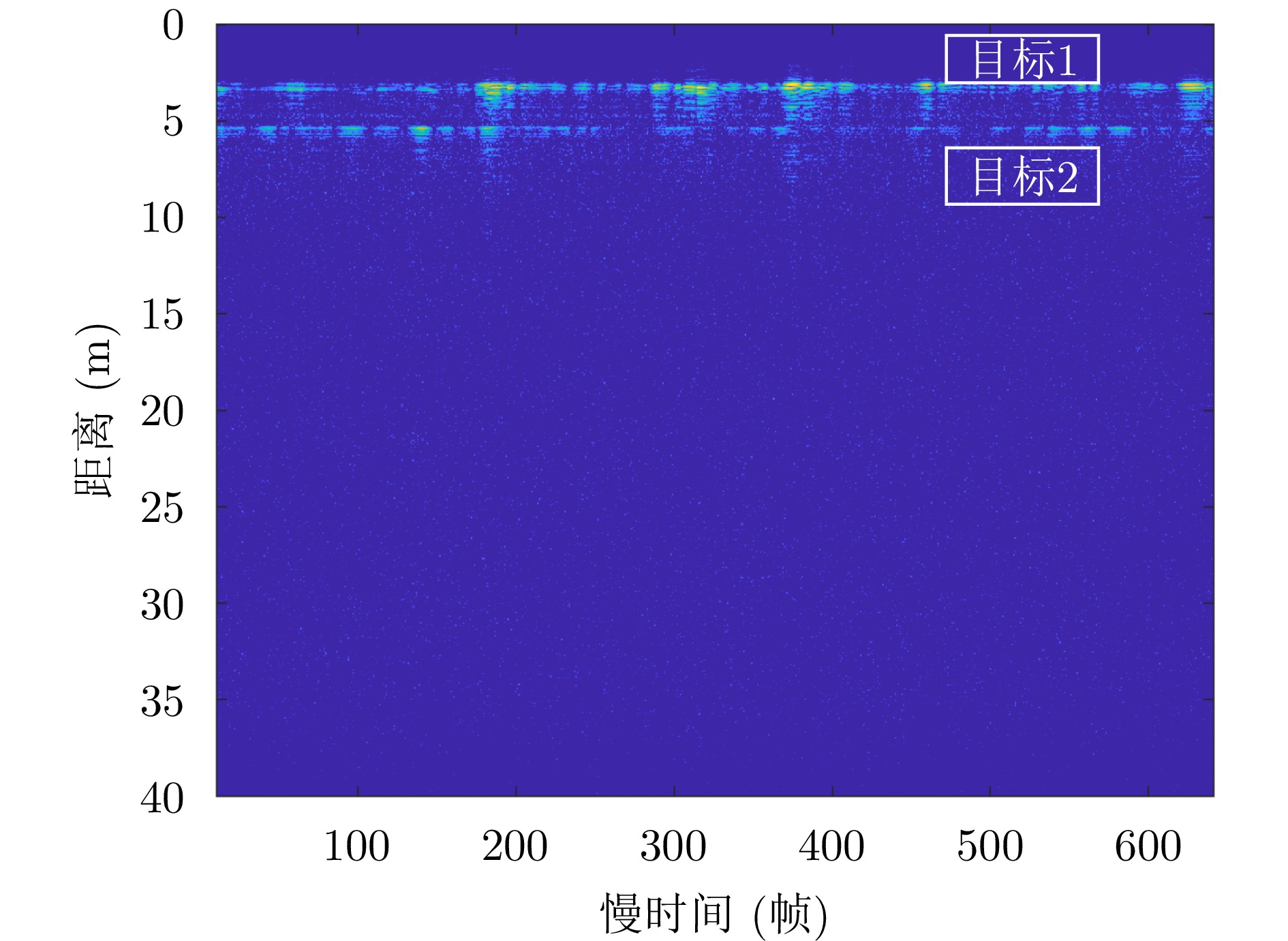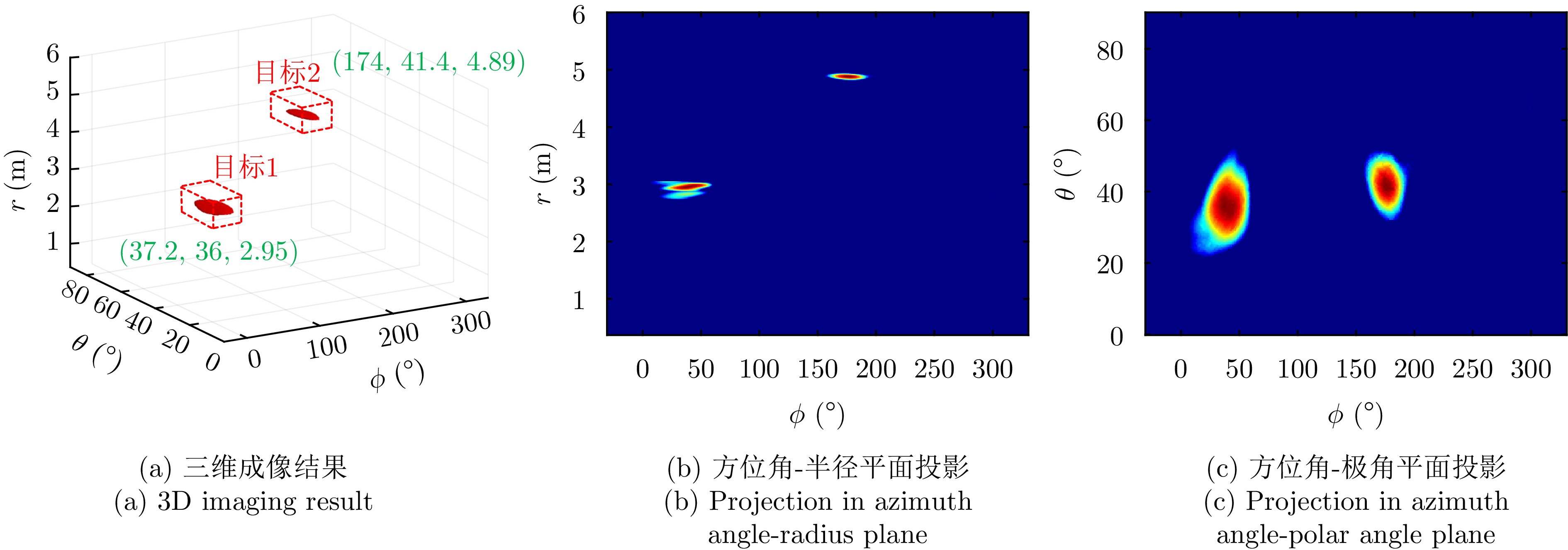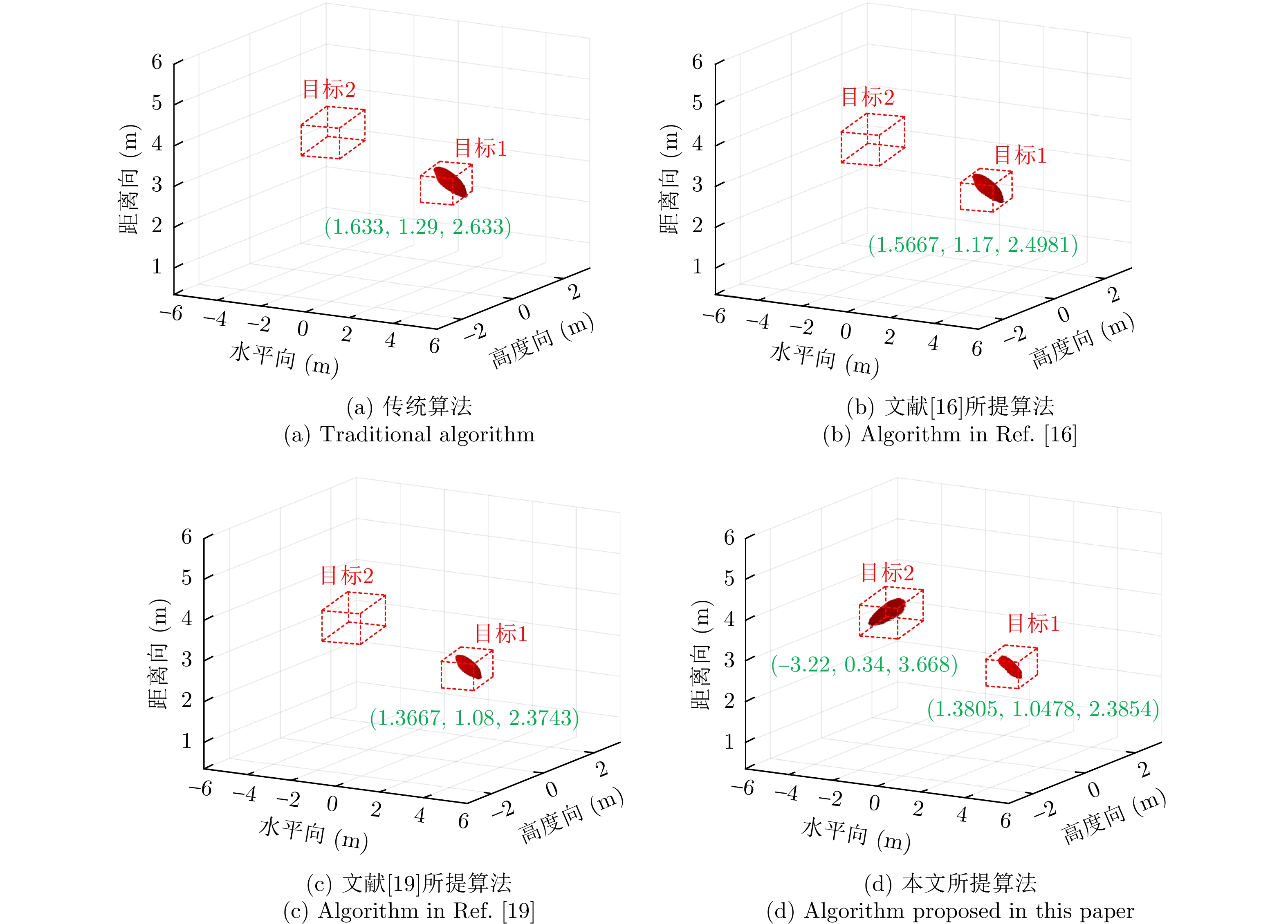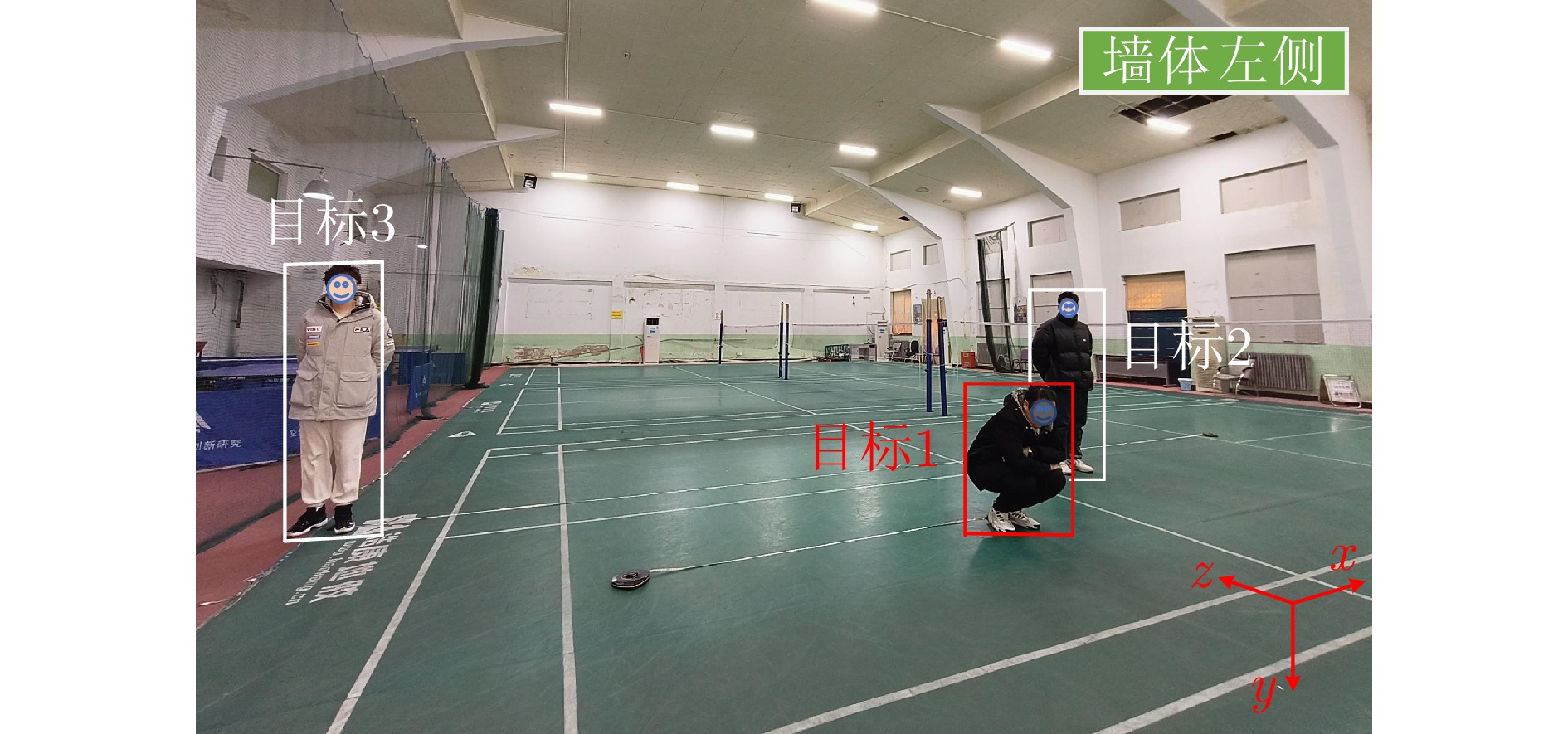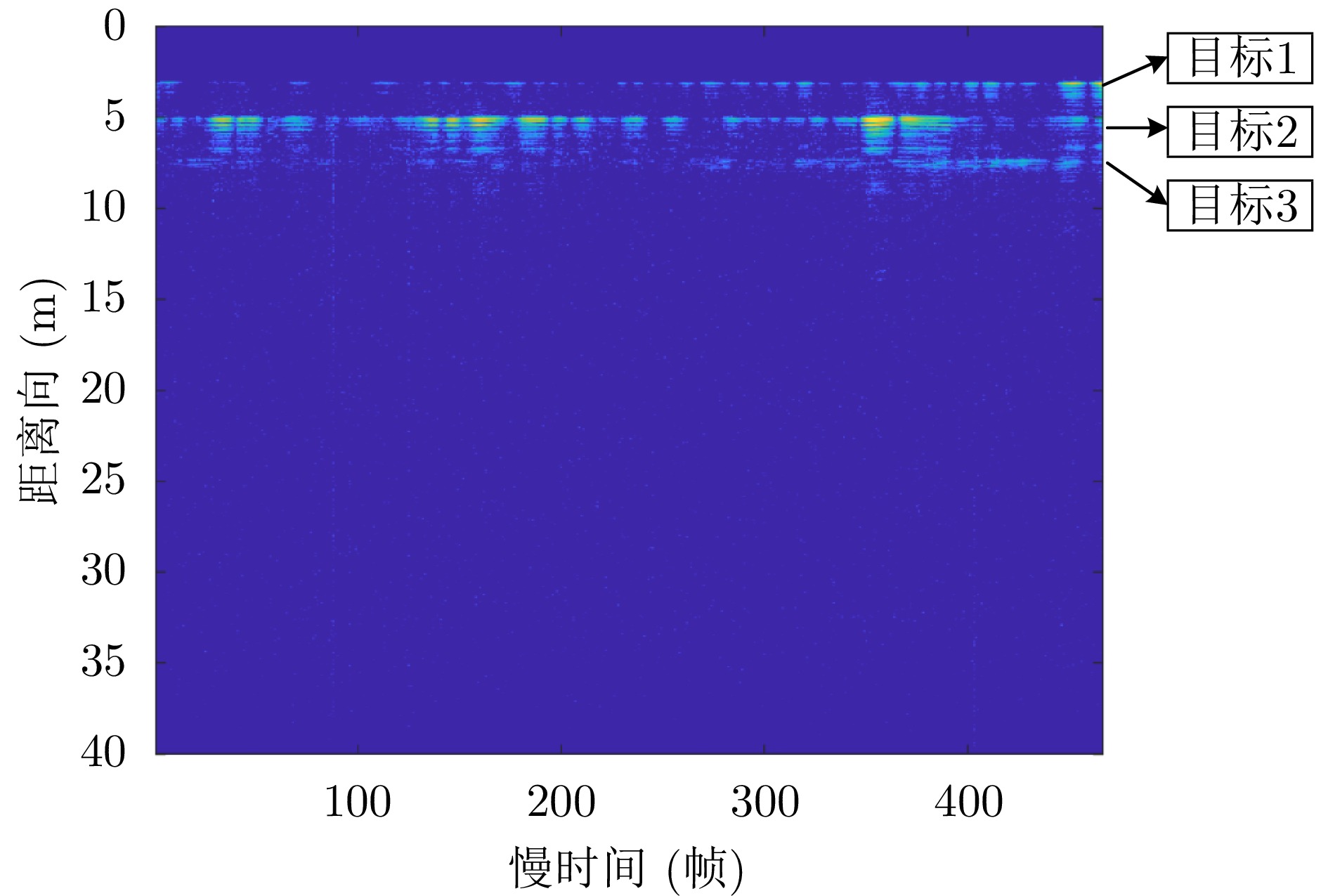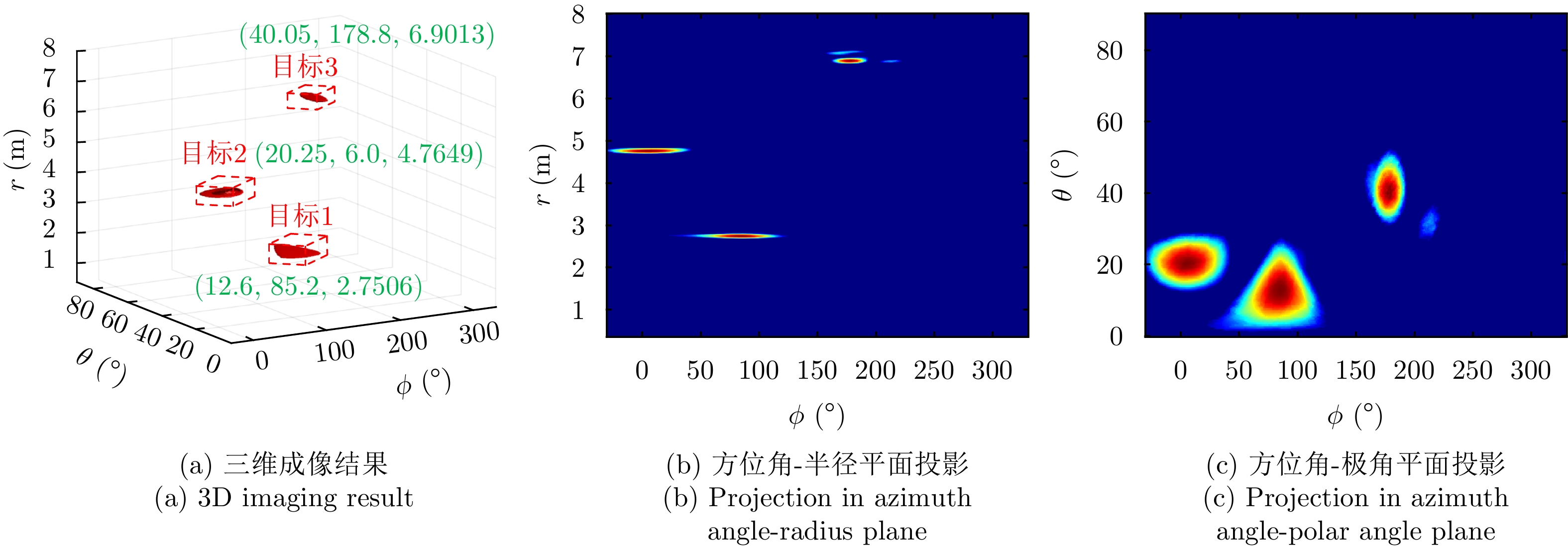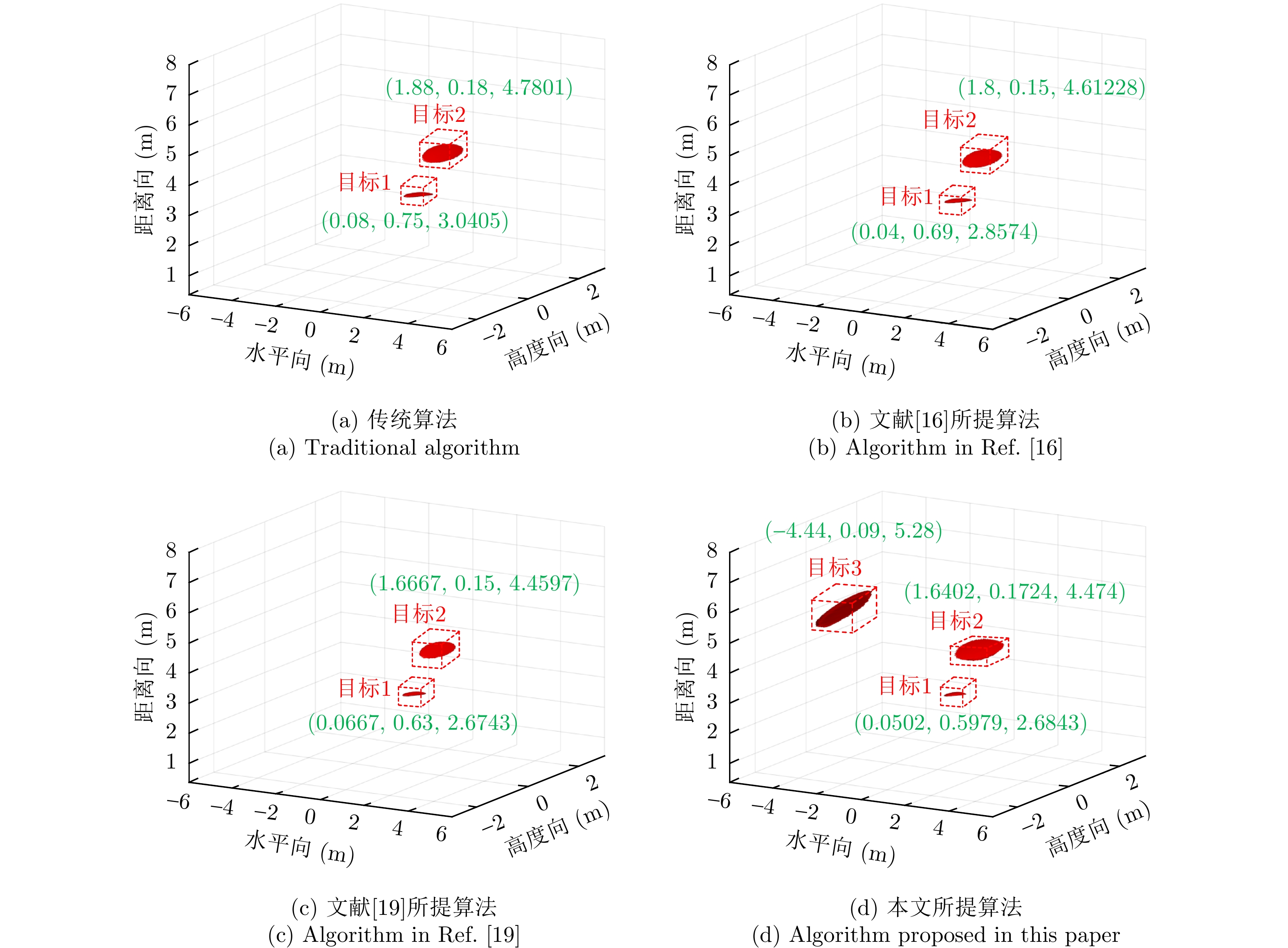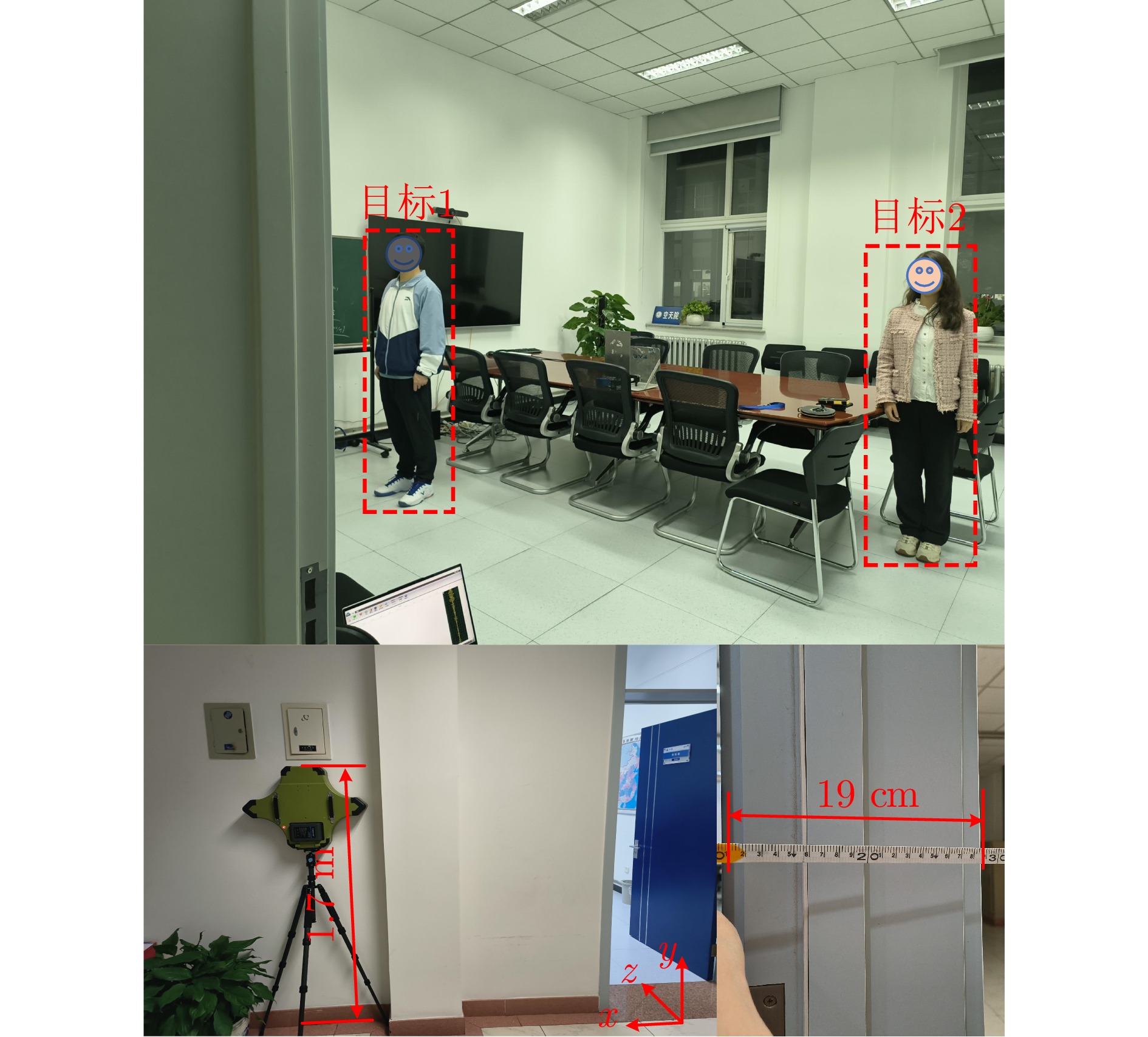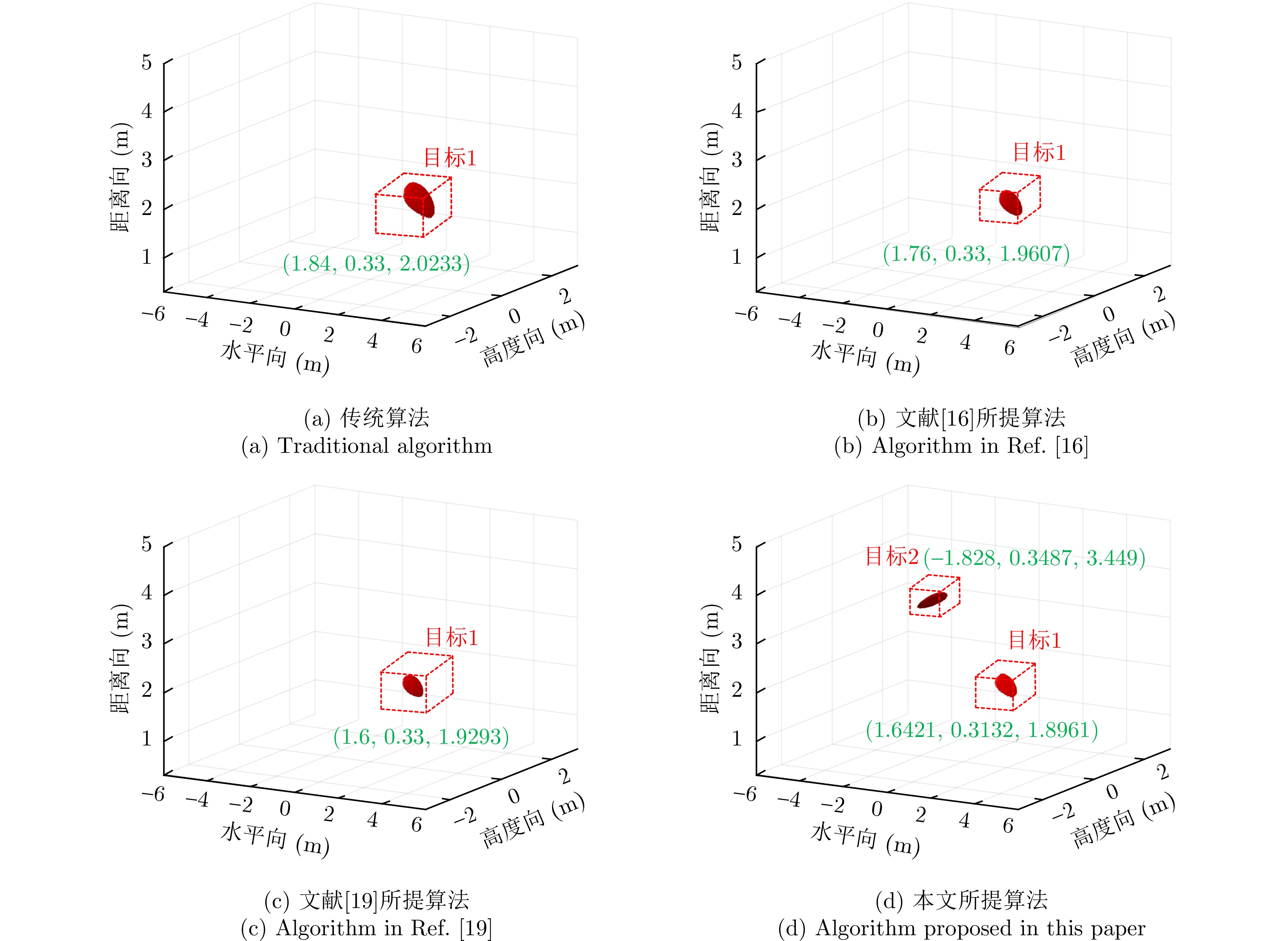| [1] |
MAITI S and BHATTACHARYA A. Microwave detection of respiration rate of a living human hidden behind an inhomogeneous optically opaque medium[J]. IEEE Sensors Journal, 2021, 21(5): 6133–6144. doi: 10.1109/JSEN.2020.3043846. |
| [2] |
YE Shengbo, ZHOU Bin, and FANG Guangyou. Design of a novel ultrawideband digital receiver for pulse ground-penetrating radar[J]. IEEE Geoscience and Remote Sensing Letters, 2011, 8(4): 656–660. doi: 10.1109/LGRS.2010.2098844. |
| [3] |
FANG Guangyou. The research activities of Ultrawide-band (UWB) radar in China[C]. IEEE International Conference on Ultra-Wideband, Singapore, Singapore, 2007: 43–45. doi: 10.1109/ICUWB.2007.4380912. |
| [4] |
QU Xiaodong, GAO Weicheng, MENG Haoyu, et al. Indoor human behavior recognition method based on wavelet scattering network and conditional random field model[J]. IEEE Transactions on Geoscience and Remote Sensing, 2023, 61: 5104815. doi: 10.1109/TGRS.2023.3276023. |
| [5] |
金添, 宋勇平, 崔国龙, 等. 低频电磁波建筑物内部结构透视技术研究进展[J]. 雷达学报, 2021, 10(3): 342–359. doi: 10.12000/JR20119. JIN Tian, SONG Yongping, CUI Guolong, et al. Advances on penetrating imaging of building layout technique using low frequency radio waves[J]. Journal of Radars, 2021, 10(3): 342–359. doi: 10.12000/JR20119. |
| [6] |
QIU Lei, JIN Tian, LU Biying, et al. An isophase-based life signal extraction in through-the-wall radar[J]. IEEE Geoscience and Remote Sensing Letters, 2017, 14(2): 193–197. doi: 10.1109/LGRS.2016.2633622. |
| [7] |
JIN Tian and SONG Yongping. Sparse imaging of building layouts in ultra-wideband radar[J]. Journal of Radars, 2018, 7(3): 275–284. doi: 10.12000/JR18031. |
| [8] |
YUAN Yubing, JI Yicai, YE Shengbo, et al. A clutter identification and removal method based on long delay lines and cross-correlation in through-wall detection[J]. Applied Sciences, 2024, 14(3): 1299. doi: 10.3390/app14031299. |
| [9] |
MOHAMMED I, COLLINGS I B, and HANLY S V. Multiple target localization through-the-wall using non-coherent Bi-static radar[C]. 2019 13th International Conference on Signal Processing and Communication Systems, Gold Coast, Australia, 2019: 1–8. doi: 10.1109/ICSPCS47537.2019.9008415. |
| [10] |
刘新, 阎焜, 杨光耀, 等. UWB-MIMO穿墙雷达三维成像与运动补偿算法研究[J]. 电子与信息学报, 2020, 42(9): 2253–2260. doi: 10.11999/JEIT190356. LIU Xin, YAN Kun, YANG Guangyao, et al. Study on 3D imaging and motion compensation algorithm for UWB-MIMO through-wall radar[J]. Journal of Electronics & Information Technology, 2020, 42(9): 2253–2260. doi: 10.11999/JEIT190356. |
| [11] |
LIN Bo, LI Chao, JI Yicai, et al. Efficient scaling techniques for 2-D sparse MIMO array far-field imaging[J]. IEEE Sensors Journal, 2024, 24(8): 12604–12615. doi: 10.1109/JSEN.2024.3354246. |
| [12] |
AFTANAS M, ROVNAKOVA J, DRUTAROVSKY M, et al. Efficient method of TOA estimation for through wall imaging by UWB radar[C]. 2008 IEEE International Conference on Ultra-Wideband, Hannover, Germany, 2008: 101–104. doi: 10.1109/ICUWB.2008.4653361. |
| [13] |
AHMAD F, AMIN M G, and KASSAM S A. Synthetic aperture beamformer for imaging through a dielectric wall[J]. IEEE Transactions on Aerospace and Electronic Systems, 2005, 41(1): 271–283. doi: 10.1109/TAES.2005.1413761. |
| [14] |
WANG Hanning, LU Biying, ZHOU Zhimin, et al. Through-the-wall imaging and correction based on the estimation of wall parameters[C]. 2011 IEEE CIE International Conference on Radar, Chengdu, China, 2011: 1327–1330. doi: 10.1109/CIE-Radar.2011.6159802. |
| [15] |
CUI Guolong, KONG Lingjiang, and YANG Jianyu. A back-projection algorithm to stepped-frequency synthetic aperture through-the-wall radar imaging[C]. 2007 1st Asian and Pacific Conference on Synthetic Aperture Radar, Huangshan, China, 2007: 123–126. doi: 10.1109/APSAR.2007.4418570. |
| [16] |
ROVNAKOVA J and KOCUR D. Compensation of wall effect for through wall tracking of moving targets[J]. Radioengineering, 2009, 18(2): 189–195.
|
| [17] |
JIN Tian, CHEN Bo, and ZHOU Zhimin. Image-domain estimation of wall parameters for autofocusing of through-the-wall SAR imagery[J]. IEEE Transactions on Geoscience and Remote Sensing, 2013, 51(3): 1836–1843. doi: 10.1109/TGRS.2012.2206395. |
| [18] |
LIU Jiangang, KONG Lingjiang, YANG Xiaobo, et al. Refraction angle approximation algorithm for wall compensation in TWRI[J]. IEEE Geoscience and Remote Sensing Letters, 2016, 13(7): 943–946. doi: 10.1109/LGRS.2016.2555291. |
| [19] |
ZHAO Yang, LU Biying, and SUN Xin. Three-dimensional imaging for UWB though-the-wall radar[C]. 2013 IEEE Third International Conference on Information Science and Technology, Yangzhou, China, 2013: 1503–1506. doi: 10.1109/ICIST.2013.6747822. |
| [20] |
AFTANAS I M. Through wall imaging with UWB radar system[D]. [Ph.D. dissertation], Technical University of Kosice, 2010.
|
| [21] |
GU Xiang and ZHANG Yunhua. Autofocus imaging simulation for through-wall radar by using FDTD with unknown wall characteristics[C]. 2010 Asia-Pacific Microwave Conference, Yokohama, Japan, 2010: 1657–1660.
|




 Submit Manuscript
Submit Manuscript Peer Review
Peer Review Editor Work
Editor Work

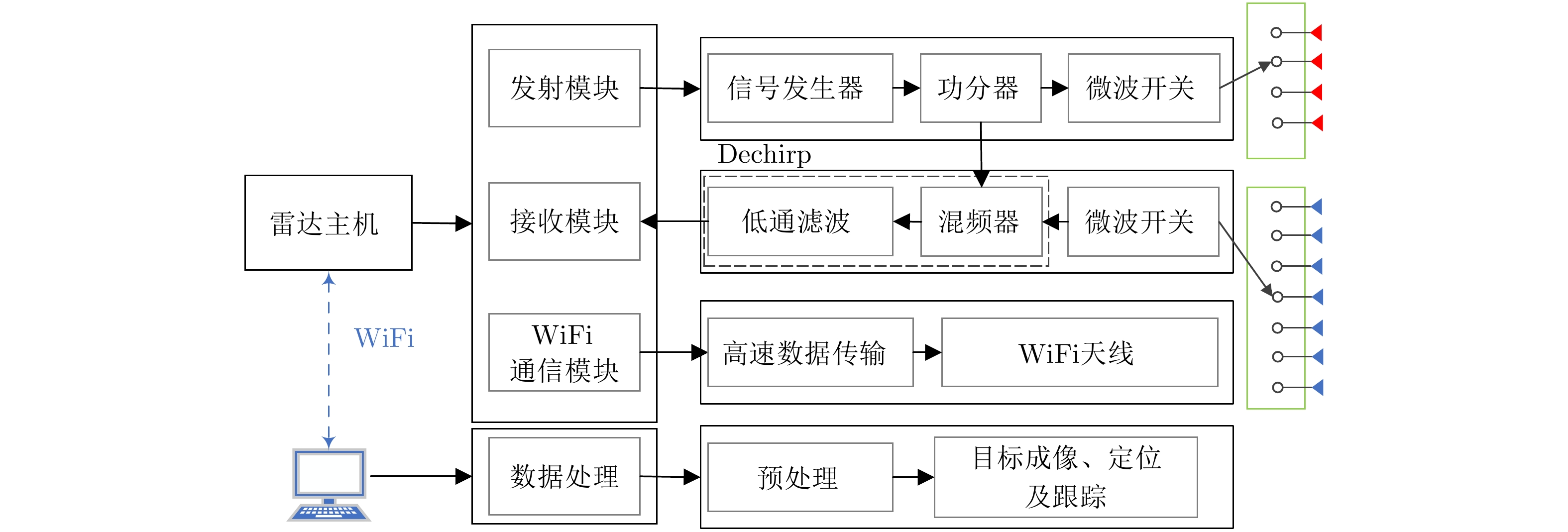



 DownLoad:
DownLoad:
